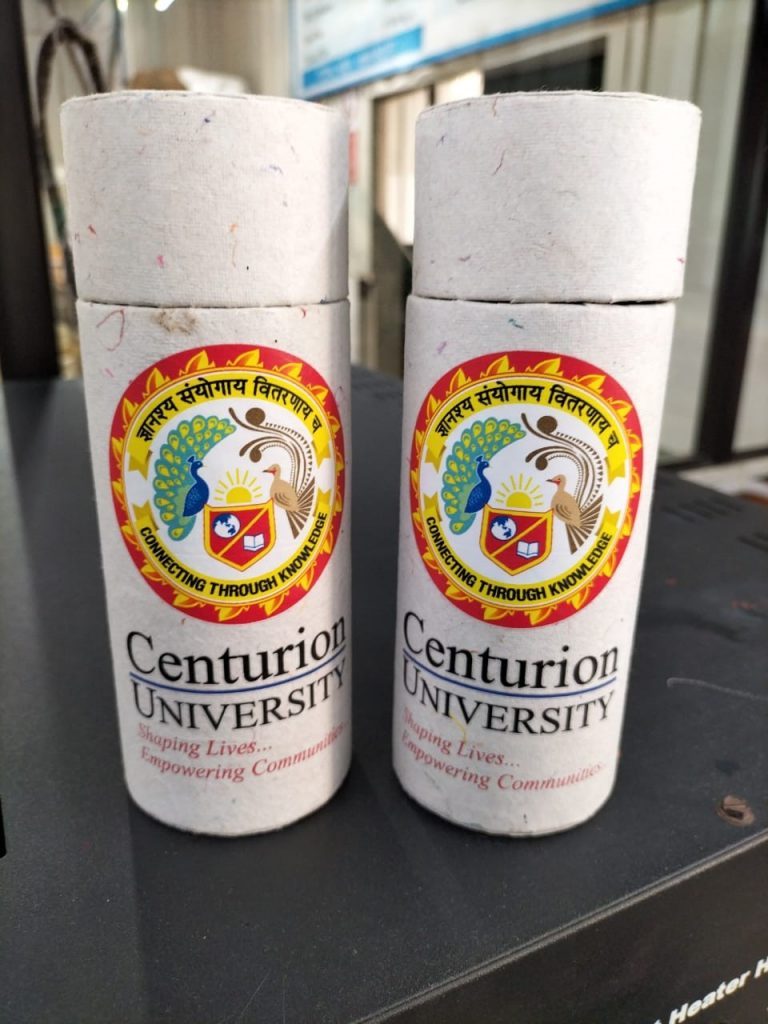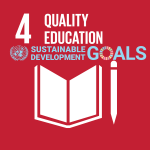Paper Production Unit
Genesis
The production of paper is a major contributor to deforestation and pollution, with millions of trees cut down each year to make paper products. However, a paper production unit at a university is aiming to reduce this environmental impact by recycling and revamping paper and cloth waste.
The paper production unit was established in June 2017 with the objective of recycling all the discarded papers and cloth wastes from the university and the apparel unit. The aim was to produce handmade paper using zero chemicals, thereby reducing wastage and promoting eco-friendly practices.
Aims and Objectives
The aim and objective of the paper production unit is to recycle and revamp paper and cloth wastes, specifically those generated by the university and the apparel unit. The unit produces handmade paper using zero chemicals, thereby reducing wastage and promoting eco-friendly practices. The paper produced by the unit is cheaper than commercially available paper and is sold to government offices, private institutions, and for corporate gifting. By using discarded paper and cloth, the unit also helps to reduce the amount of waste generated by the university and the apparel unit. Overall, the aim and objective of the paper production unit is to promote sustainability and reduce the environmental impact of paper production.
Benefits
The benefits of this initiative are numerous. Firstly, the handmade paper produced by the unit is much cheaper than commercially available paper, making it accessible to a wider range of consumers. The paper is sold to government offices and private institutions as well as being used for corporate gifting.
Secondly, the production of handmade paper from recycled materials reduces wastage, which is a major problem in the paper industry. By using discarded paper and cloth, the paper production unit is helping to reduce the amount of waste generated by the university and the apparel unit.
Thirdly, the use of handmade paper for gifting reduces packaging hassles and promotes sustainability. Instead of using non-recyclable packaging materials, the paper itself can be used for gift wrapping and other purposes.
Finally, the production of handmade paper using zero chemicals is good for the environment and human health. Commercial paper production often involves the use of harmful chemicals, which can be harmful to both the environment and the health of those involved in the production process. By using zero chemicals, the paper production unit is promoting eco-friendly practices and reducing the risk of health problems for its workers.
Products Available
The paper production unit currently produces handmade paper in different thicknesses and textures, including leaf texture and jute texture. The paper is also available in different colours, making it suitable for a wide range of purposes. The paper is suitable for a wide range of purposes and is sold to government offices, private institutions, and corporate gifting. The use of handmade paper for gifting reduces packaging hassles and promotes sustainability. In addition, the unit is committed to using zero chemicals in the production process, making the paper eco-friendly and good for human health. Overall, the products and services available in the paper production unit promote sustainability and responsible consumption and production.
Future goals
Looking to the future, the paper production unit aims to replace its manual machinery with automatic machinery, which will increase production and improve the quality of the paper produced. With automatic machinery, the unit will have greater control over the quality of the paper and will be able to produce paper with specific thicknesses and measurements.
Adherence to SDGs
Overall, the paper production unit at the university is a valuable initiative that aligns with several Sustainable Development Goals (SDGs). The unit promotes responsible consumption and production and contributes to climate action and sustainable land use. By recycling and revamping paper and cloth wastes, the unit is helping to create a more sustainable and eco-friendly future. Firstly, the unit supports SDG 12: Responsible Consumption and Production, by recycling and revamping paper and cloth waste, promoting the use of eco-friendly products, and reducing wastage. Secondly, the unit supports SDG 13: Climate Action, by promoting sustainable practices in paper production and reducing the carbon footprint associated with commercial paper production. Finally, the unit supports SDG 9: Industry, Innovation, and Infrastructure, by striving to replace manual machinery with automatic machinery in the future to increase production and improve quality control. Overall, the paper production unit is committed to promoting sustainable development through its products and practices.









